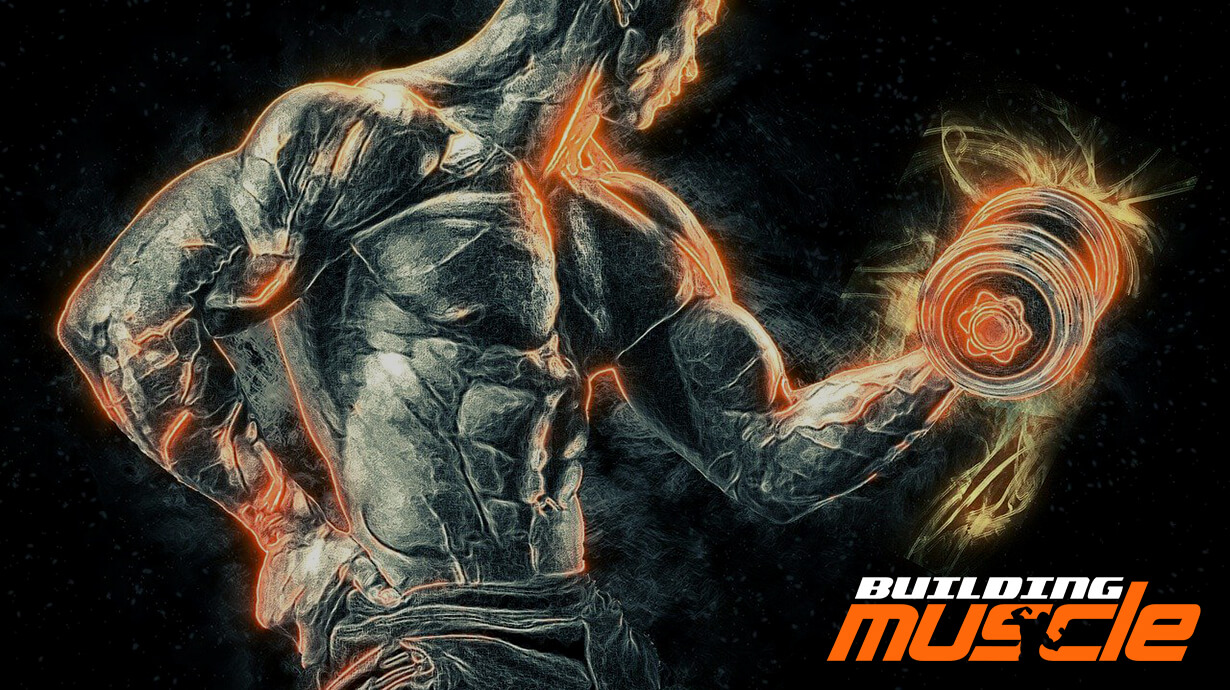
The biceps of the arms are perhaps the most eye-catching muscles in the human body. Bodybuilders often give them priority when planning a training program. Nevertheless, it happens that even experienced athletes make serious mistakes when training their arms.
Today we want to talk about these mistakes (how to avoid or correct them), as well as share recommendations from the “king of biceps” himself, Arnold Schwarzenegger.
If you plan on surprising others with your “bazookas,” you better get serious about training them. The last thing you want to do is get sideways in your biceps (with a big smile on your face) and then run off-stage to the hum of a disgruntled crowd. Beginners dream of biceps like Arnold Schwarzenegger. Unfortunately, very few of them achieve their goals. Frequently the jocks themselves are to blame for this, since they make unforgivable mistakes in the gym.
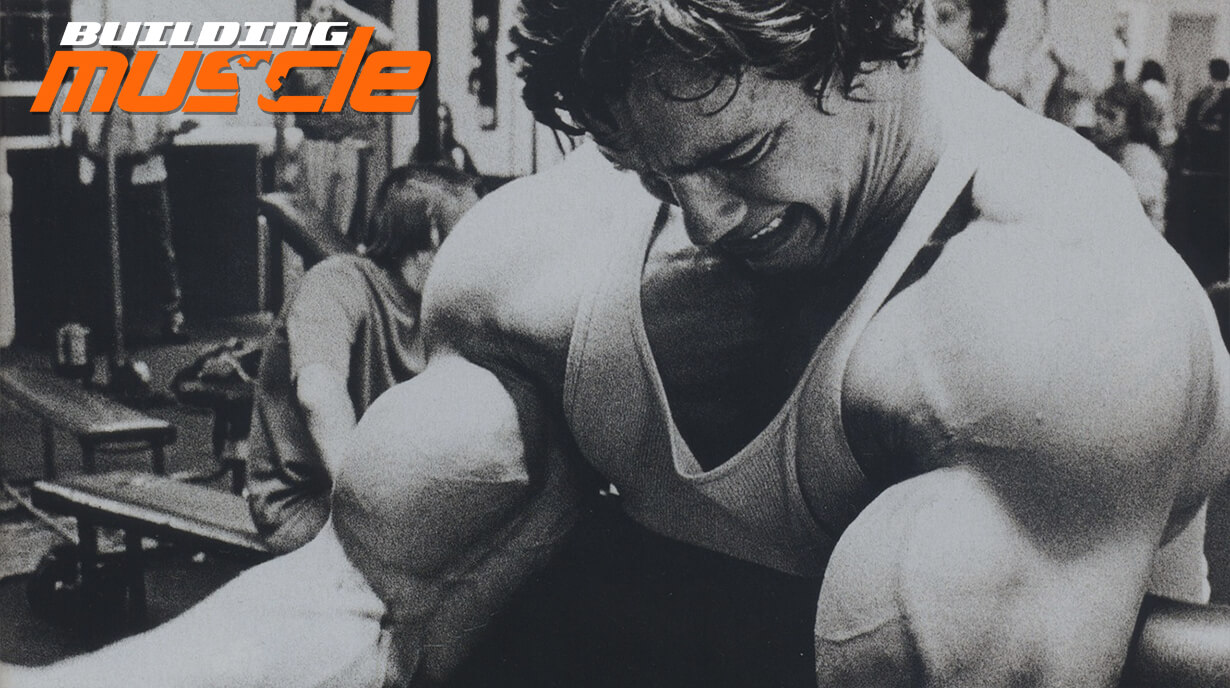
Having big biceps is useful not only for appearance (although it’s undoubtedly a plus). Their qualitative growth will also make you stronger and improve the technique of many exercises, including the standing pull and the strict lifting of weights on biceps. Just something to think about: Almost every strength exercise involves the biceps of your arms to some degree. So by pumping your “bazookas,” you generally increase your workout productivity.
But in order to get strong biceps, it is not enough to pump your arms with dumbbells 1-2 times a week – you have to strictly follow the training program, which initially involves working out the necessary muscles. On the other hand, you will also have to take into account the actions that in no way can be performed during the workout.
You can say thank you, because we have already figured out the 6 most common mistakes when working on your biceps. Once you notice these “bad habits” behind you, you should get rid of them immediately.
Mistake 1: Calculating the momentum of the movement
If you want your muscles to grow, you need to make them do the basic work. The biceps are no exception. Leaning forward at the waist or swinging, which seems to help you lift heavier weights, actually relieves the strain on your biceps. This contradicts the very logic of performing exercises.
Mistake 2: Leaning back
Leaning back while lifting the bar for biceps (or other similar exercise) not only increases the risk of injury to the lower back, but also relieves some of the load from the biceps. Exercise or tension is what makes the muscles grow. So keep a straight stance if you don’t want your efforts in the gym to be wasted, and most importantly, to protect your lower spine from injury.
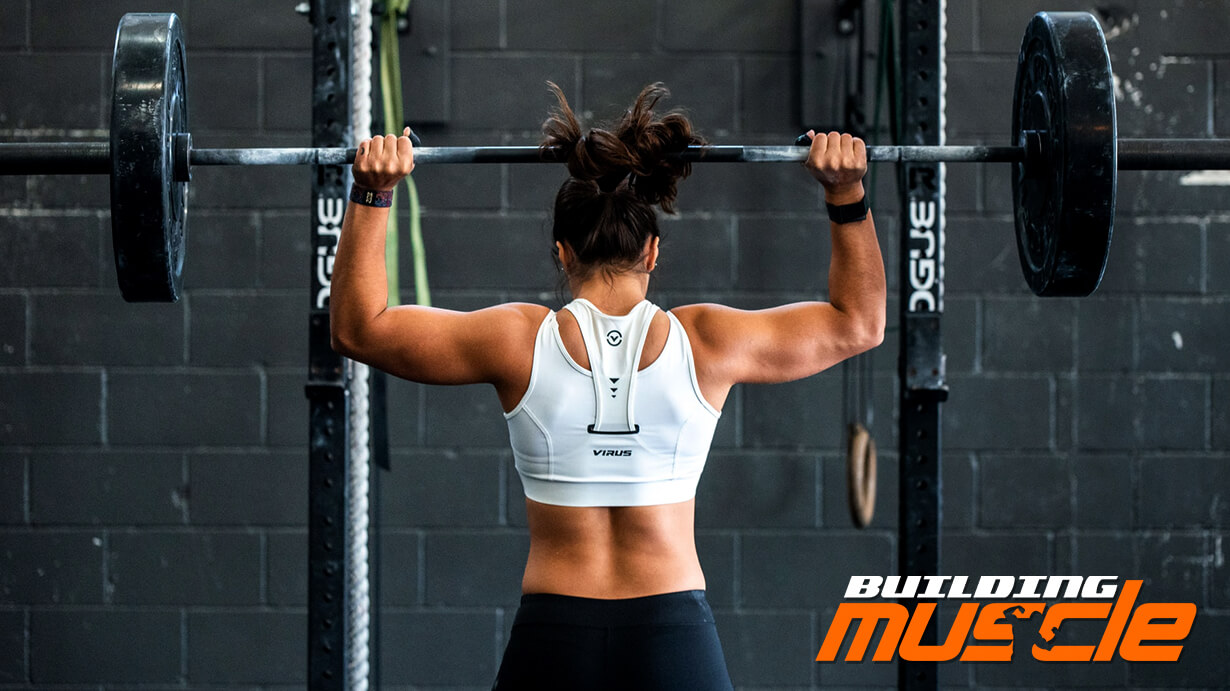
Mistake 3: Lifting the shoulders/knees
Some jocks think that they will be able to squeeze their arm biceps better by jacking up their elbows/shoulders at the top of the barbell lifts. But that’s not true. At most, what you’ll achieve by doing this is to engage said delts in the movement. Which, again, will take some stress off the biceps themselves. Calling it a useful technique is by no means a good one.
Mistake 4: Raises at the expense of the forearms
In other cases, it is due to poor exercise technique. Make sure that when you start lifting the bar on the biceps, you engage them first and not both forearms. In the initial stance, keep your hands at the level of your forearms or even slightly bent backwards.
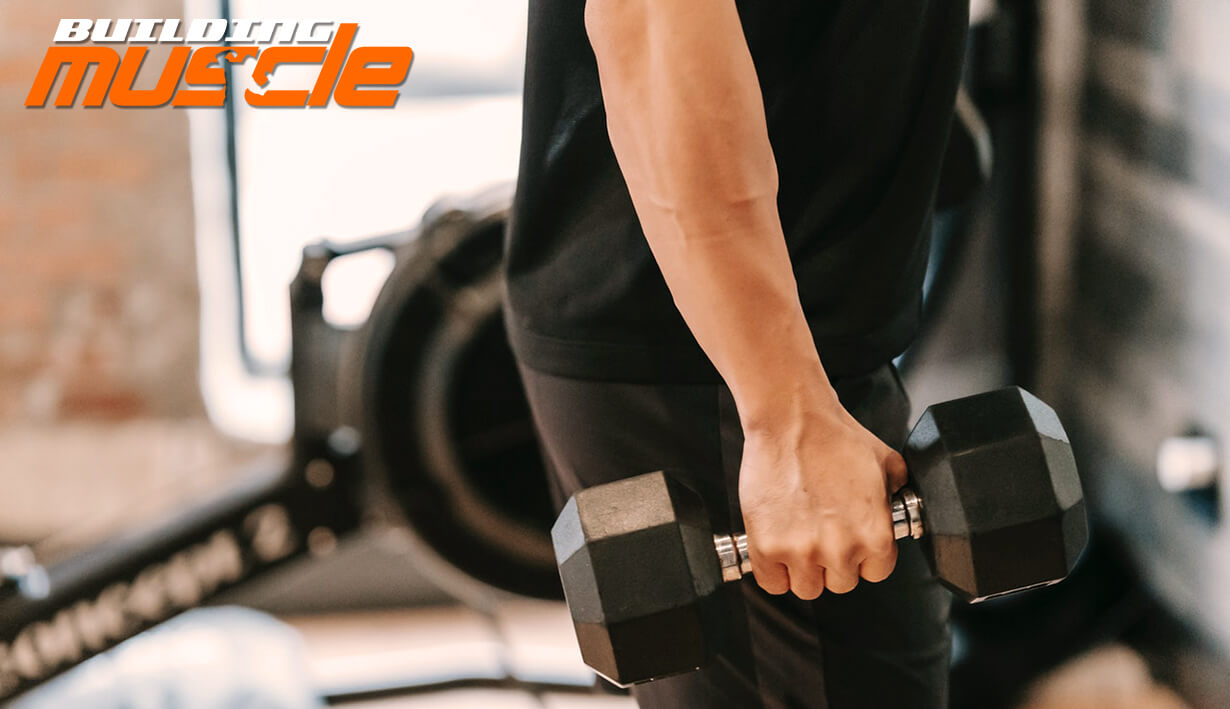
Mistake 5: Training the biceps after the latitude
Nobody forbids training the biceps of the arms together with the broadest muscles of the back. Sometimes it’s even a good thing. But if biceps growth is a priority for you, then it is better to move the exercises on the broadest muscles to another workout. Since working on the latitude range involves the use of different pulls, it can compromise the intensity of biceps raises. It is unlikely that you will notice any difference in the short term. But in the long run, the results will be significantly different.
Mistake 6: Ignoring Negatives
Eccentric contractions (negatives) noticeably contribute to anabolism, i.e. to the processes of muscle hypertrophy. You should not ignore them when pumping biceps. Believe me, you will feel how slowing down the weight for 3-4 seconds on each repetition, even if you have to lighten the machine used a little, will improve your biceps training. Negatives will not replace, but will effectively supplement basic arm exercises.
Features of Arnold’s workouts
Arnold’s arm workouts can be broken down and discussed in terms of macro principles (approaches, repetitions, any other non-exercise-specific practices) or micro principles (exercise-specific techniques).
Schwarzenegger exercised his biceps along with his triceps in almost every workout program we know of, which is not unusual. We will do the same – consider them in pairs. Of course, the priority will be on the biceps, which were the pride of the Austrian.
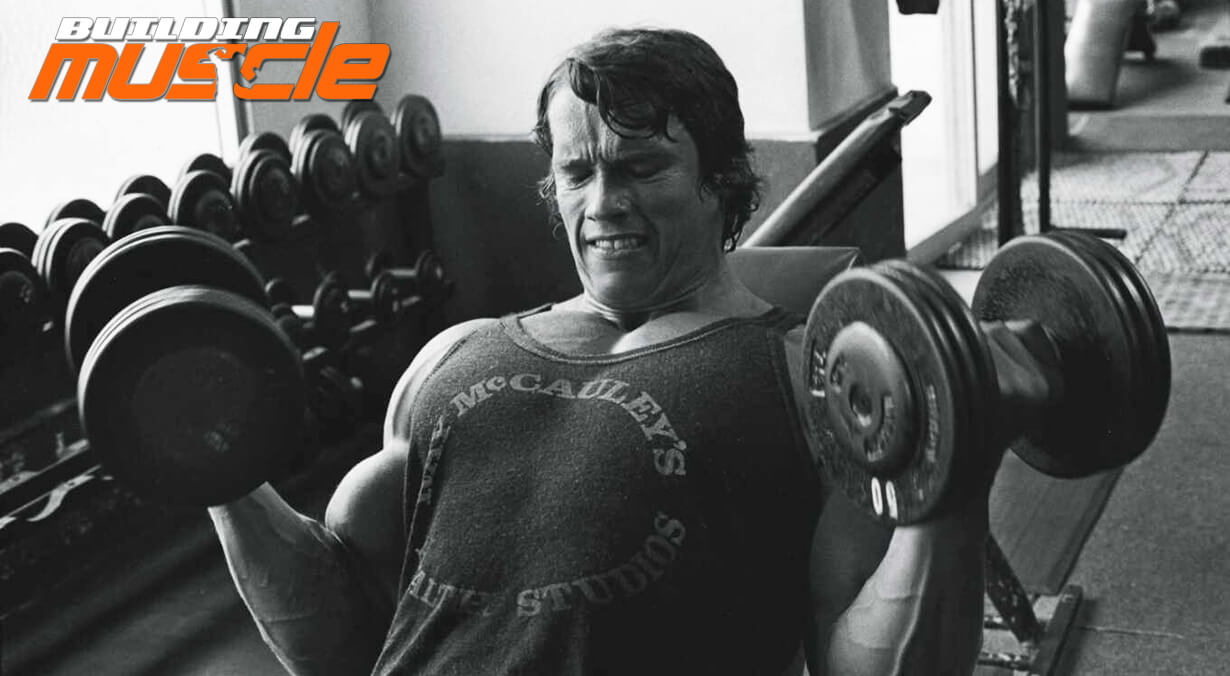
Use supersets
When it came to exercising the biceps and triceps or chest and back, Arnold was a stickler for supersets. In the run-up to competitions, he strived for maximum pummel in all of his training sessions. As the bodybuilder himself said, “Focus on highlighting every curve and bulge.” And supersets allowed him to do that.
Off-season, Schwarzenegger exercised his biceps and triceps individually with regular approaches, even if he worked on both during the same workout.
Fewer sets, more reps and no rest
Shortly before the competition, the Austrian cut back slightly on the number of approaches and increased the amount of reps while working on his arms. In the offseason, a biceps and triceps walk might consist of 4 exercises in 5-6 sets, doing 6-8 repetitions each. In turn, before the tournament his routine still included 4 exercises, but 4 sets of 8-10 repetitions each. He also significantly reduced his rest time. The bodybuilder didn’t rest at all during supersets and hardly rested between supersets.
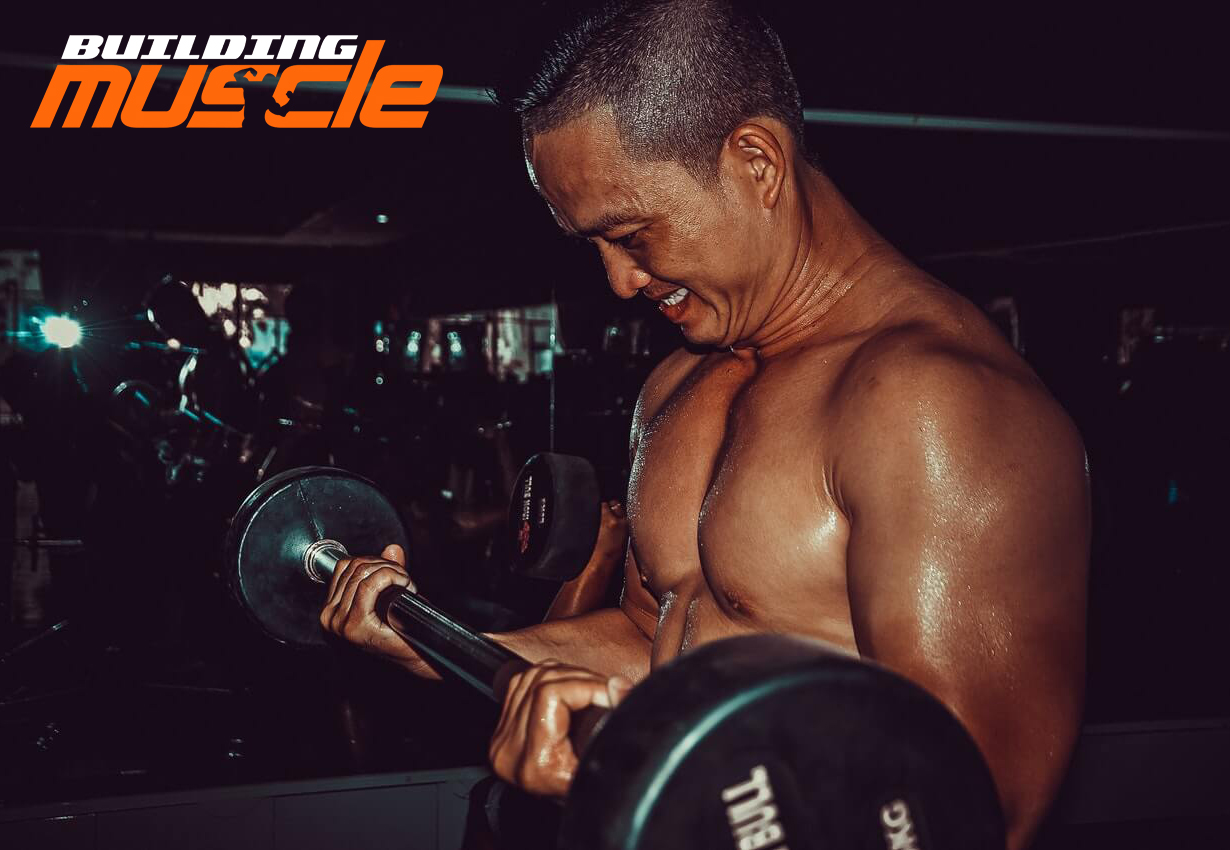
Training Frequency
In the off-season, when the main goal was to increase muscularity, Arnold exercised his arms an average of 2 times a week. And at the peak of his training, he would increase the number of sessions to 3 (weekly), again to maximize his pummel and better isolate his arm muscles. Essentially, this allowed him to compensate for the reduced amount of training before competition.
Remember the forearms
Schwarzenegger didn’t rely on his biceps or back when he needed to work his forearms. He usually did wrist bends and reverse wrist bends, and he could do them both off-season and just before competition. “You have to load your forearm muscles as hard as you can,” he said in an interview. “The laws of muscle physiology apply to the forearms just as they do to any other muscle group.”
At certain points in his athletic career, Arnie preferred to train his forearms on a daily basis. Understandably, no one expects a similar dedication from ordinary bodybuilding enthusiasts. Nevertheless, his forearm workout could, in theory, be done by most modern jocks. The Austrian’s goal was 10 approaches to the forearms after the biceps and triceps. In preparation for tournaments, Schwarzenegger divided his forearm workout into flexion and extension exercises (the already mentioned wrist bends and reverse wrist bends, respectively).

The secret is supination
Arnold isn’t just known for the size of his biceps; he was also ubersfocused on highlighting their peaks. To do this, the bodybuilder worked with both barbells and dumbbells. “No amount of barbell lifting will allow you to achieve the same contraction, resulting muscle burning, that I used to get by rotating my palms outward (as far as I could) at the top of the dumbbell lift,” Schwarzenegger dropped this phrase in an interview for Muscle Builder magazine with himself on the cover.
The arm rotation, called supination, according to the Austrian himself, was his secret weapon for highlighting biceps peaks.
A simple but painful movement. To do it, at the top of each repetition, turn your palm outward–where your pinky is closer to you than the rest of your hand–and then force the final contraction. “The pain of the contraction is incredible! Remember, there are no results without pain,” Arnie added.

Anything else?
In addition to supination, Schwarzenegger believed in another technique using his hands to benefit his biceps peaks. Most people keep their wrists straight and rotate them only at the top of the dumbbell lift. Arnold, on the other hand, allowed the dumbbells to drop down onto his fingers, keeping his wrists stretched while he lifted the weight. He had no doubt that this leads to a lengthening of the arm’s leverage, and thus an increase in muscle contraction.
Slow repetitions
When relief and optimal form became the main goal, Arnold switched from experimentation to strict adherence to exercise technique. This included moderately slowing down the rate of repetitions so that “the biceps could feel every inch of movement up or down.
Don’t take too much weight
Using adequate weight is good advice when training any part of the body. Arnold was especially adamant when it came to working on the triceps. He believed that many bodybuilders of his era went overboard with triceps weights. Performing a block pull, the Austrian once said: “The guys here take so much weight that the body has to rely on the pectoral, deltoid and broad muscles as much as the triceps themselves.” This means that if too much weight is taken, the benefit of the exercise is divided among several (often non-targeted) muscles.

Isolation
Look at a sampling of Arnold’s exercises: one overhead movement, another using a reverse grip, another lying down, and the last, a standard standing exercise. The bodybuilder masterfully combined exercises to load each area of the triceps (or biceps).
“Triceps exercises must be isolated, otherwise you can’t thoroughly work all three muscle heads,” he said. “Accordingly, you must know which movement works best for each head.” For example, overhead exercises target the long head of the triceps.
No cheating!
Arnold was constantly noticing how guys around him allowed themselves to violate exercise technique: “You shouldn’t take the principle of cheating to the extreme. Every exercise is built to load a specific muscle in a specific way. The first or last repetition – never lose concentration.”
As a perfectionist in the gym, the Austrian was obviously infuriated by the endless mistakes of his “colleagues.









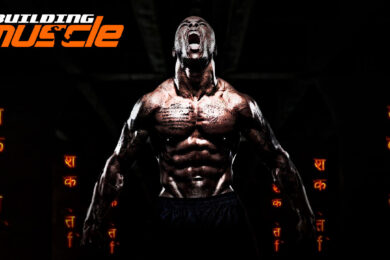



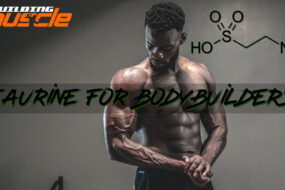
No Comments